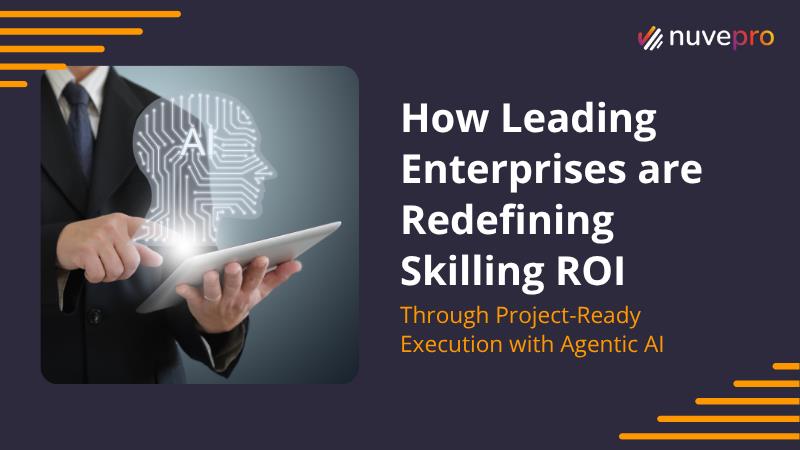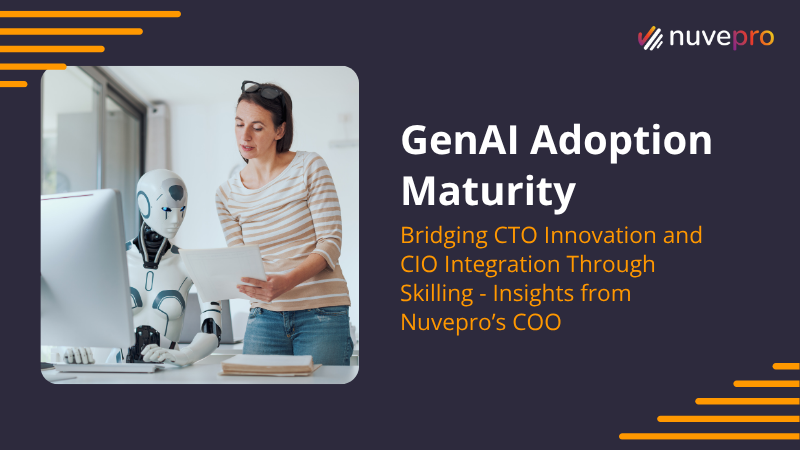Remember the time when you were in school and went through all those classes? English, math, science, and other subjects The teacher would teach us a chapter or so in class, and there would be “homework”. The questions at the end of a chapter or something that the teacher had come up with Some of these questions would have had ready-made answers in the chapter itself, but when they didn’t, it made us understand the subject more.
As we moved into higher classes and got into the ones that had the board exams or “All India” exams, there was a lot of stress on looking at question papers from previous years. Find out the types of questions that were asked previously. We all learned most about the subject when we solved these exam problems or the problems at the end of a chapter.
The classes that the teacher took for us became the “formal” part of the teaching. The questions that we answered every day until the day of the exam became the real-world part of the learning.
And as you moved ahead in life and got into a job or started on your own, you probably took one or two pieces of training along the way. It may be in soft skills, or maybe in coding, or something else. This training was usually short in terms of the number of hours-40 hours, or maybe 100 hours, so much crammed into these hours, and then at the end of it, you ask yourself, what did you learn? Maybe not too much, but you at least know the jargon, concepts, and words you should use in conversations on this topic. And then, when it comes to applying these concepts, true learning starts.
What did the trainer say about dealing with the situation with this difficult employee?
What were the points to consider for pricing this proposal?
How do I open the ports in the load balancer to allow only traffic from a particular IP address?
These, and more questions, carry our learning along. Maybe ask a colleague, or think of the concepts again. Search for something on Google, maybe a YouTube video, or maybe a question someone asked on a site like Stack Overflow.
We spend a lot more time-solving on-the-job issues or real-world problems compared to the formal training we go through.
There is a study that was done quite some time ago by 3 researchers: Morgan McCall, Robert W. Eichinger, and Michael M. Lombardo at the Center for Creative Leadership and explained in this link: Learning Philosophy | Human Resources (princeton.edu). They came up with the 70,20,10 rule to describe how learning truly happens and how to copy from the link above.
- 70% of the time is spent on real-life and on-the-job experiences, tasks, and problem-solving. This is the most important aspect of any learning and development plan.
- 20% from feedback and from observing and working with role models.
- 10%derived from formal education
While the actual percentages may vary based on specific skills, technology, or even individuals, we can broadly go with the above philosophy.
All the current instructor-led training falls into the 10% bucket. This is a great way to get someone started on new technology, skill, or direction. However, if someone has to truly learn, then we need to enable the individual with real-world problems.
We, at Nuvepro, address both the 10% and 70% buckets. Our playground labs are for the formal instructor-led training and the projects, which are real-world problem statements that address the 70% bucket.
Also, addressing the 70% bucket also enables learning in the flow of work, and that is a topic for another article.
Talk to us if you would like to enable your employees to truly learn.




